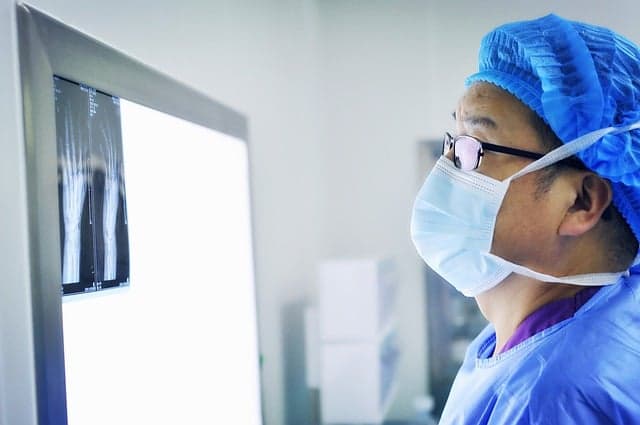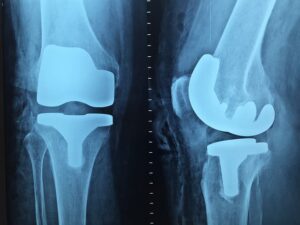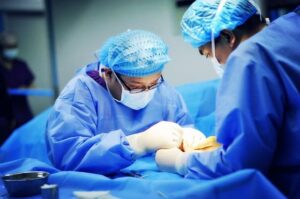Orthopedics and traumatology is a medical specialty dealing with the diagnosis, treatment and rehabilitation of diseases and injuries of the human musculoskeletal system. Orthopedics and traumatology includes a wide range of conditions, from deformities and joint diseases to fractures, sprains, and other injuries to bones and soft tissues.
The importance of the study of orthopedics and traumatology can hardly be overemphasized.
On the one hand, it is the basis for providing qualified medical care to a large number of patients suffering from diseases of the musculoskeletal system.
On the other hand, this section of medicine has an important socio-economic significance, since diseases of the musculoskeletal system significantly reduce the quality of life of patients and entail large economic costs for treatment and rehabilitation.
Due to the development of modern traumatology and orthopedics, it is possible to prevent and surgically treat disorders and injuries of the skeleton and muscles. This makes this field of medicine one of the most relevant and in demand in the modern medical community.
History of the development of orthopedics and traumatology
The history of orthopedics and traumatology dates back to ancient times, when doctors and healers were engaged in the treatment of various injuries, fractures and deformities. One of the oldest methods of treating bone injuries was the use of medicinal plants, as well as massage and exercise.
The first significant stages in the development of orthopedics and traumatology were associated with the activities of ancient physicians, such as Hippocrates, who in his writings described methods of treating fractures, and Galen, who developed fracture reduction techniques. During the Middle Ages, this knowledge was transmitted mainly to scholars in Arab countries, where the first hospitals for the treatment of traumatic injuries were established.
With the introduction of anesthesia and asepsis in the 19th century, orthopedics and traumatology gained importance. It became possible to perform complex operations on bones and joints, which contributed to the development of new methods of treatment and rehabilitation. During this period, significant contributions to the field were made by scientists such as John Chels, who developed methods of treating deformities and fractures, and Nicholas Gerdl, who created techniques for the surgical treatment of spinal disorders.
In the 20th century, orthopedics and traumatology became a full-fledged medical field with its own system of education and certification of doctors. New methods of treatment were developed, such as joint endoprosthetics, as well as methods of rehabilitation therapy after injuries. Famous doctors of this time, such as Iljezar Lechen, developed new techniques for bone and joint surgeries, opening up new possibilities in the treatment of various musculoskeletal diseases.
Today, orthopedics and traumatology continue to evolve, incorporating the latest technologies such as robotic surgery and tissue engineering techniques. However, the foundations of the modern field are still rooted in ancient methods of treatment and surgery, highlighting the importance and long history of this medical specialty.
Basic principles of orthopedics and traumatology
Orthopedics and traumatology is a branch of medicine dealing with the diagnosis, treatment and prevention of diseases and injuries of the musculoskeletal system.
The basic principles of this specialty include a comprehensive approach to the patient, taking into account the individual characteristics of the body, the use of modern methods of diagnosis and treatment, as well as continuous improvement and updating of professional knowledge.
To diagnose diseases of the musculoskeletal system, orthopedists and traumatologists use a variety of research methods, including radiography, computed tomography, magnetic resonance imaging, ultrasound, electroneuromyography and others.
Treatment of traumatic injuries and diseases of the musculoskeletal system is based on the principles of conservative and surgical therapy. Conservative methods include drug therapy, physiotherapy, massage, therapeutic exercise, as well as the use of orthopedic devices and appliances. Surgical treatment may include reconstructive surgeries, osteosynthesis, endoprosthetics, and other methods.
Thus, orthopedic and trauma doctors strive to provide patients with the most effective and safe treatment, taking into account all aspects of their musculoskeletal diseases and injuries.


